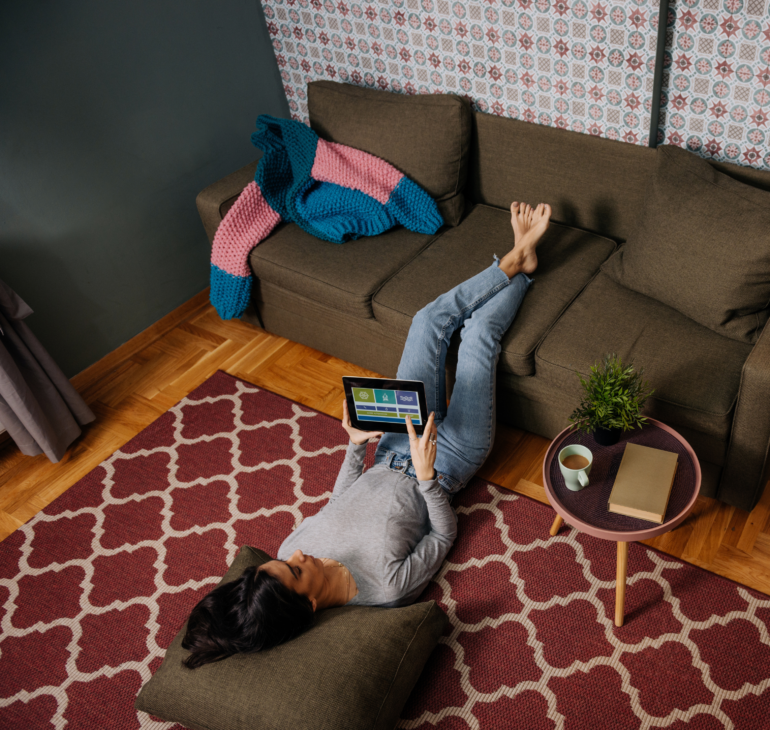Dr Andrew Dickson, an engineering executive at CBI-electric low voltage, first began exploring home automation with the precision of a technical professional and the curiosity of an innovator. He didn’t anticipate how profoundly technology would transform his family’s domestic experience. What started as an engineering experiment has evolved into a meticulously orchestrated living environment that’s as intelligent as it is efficient.
Over four years, Dickson systematically integrated smart technologies into his home, creating a blueprint for modern living that goes far beyond mere gadgetry. His journey reveals that home automation isn’t about replacing human interaction, but enhancing it.
The most immediate benefit was financial. By monitoring energy consumption in real-time, Dickson reduced his electricity bill demonstrably. Smart plugs and controllers allowed him to optimise usage without requiring extensive electrical infrastructure – a critical consideration for budget-conscious homeowners.
But convenience rapidly became the cornerstone of his smart home strategy. Imagine controlling your entire home’s ecosystem from a smartphone: switching on geysers remotely, adjusting pool pump settings after rainfall, or programming external lights to sync with actual sunrise and sunset times.
Perhaps most compelling was the system’s ability to create intelligent, adaptive environments. Dickson could enforce household rules – like automatically switching off the television to prevent late-night binge-watching – while simultaneously enhancing home security by controlling lights from anywhere in the world.
The technological nuances are fascinating. Many smart devices operate on 2.4GHz frequencies, requiring specific router configurations. Dickson learned that robust Wi-Fi infrastructure isn’t a luxury, but a necessity for seamless integration.
As solar technologies become more prevalent, smart home systems offer unprecedented energy management. Dickson’s rooftop solar photovoltaic system now allows him to prioritise non-critical appliances during peak sunlight hours, demonstrating how domestic technology can contribute to broader grid sustainability.
This isn’t just personal innovation; it’s a glimpse into our collective technological future. The boundaries between human habitation and intelligent systems are dissolving, creating living spaces that anticipate and respond to our needs.
For those contemplating their own smart home journey, Dickson’s most crucial advice is deceptively simple: start small, remain adaptable, and view technology as a collaborative tool rather than a replacement for human intuition.


